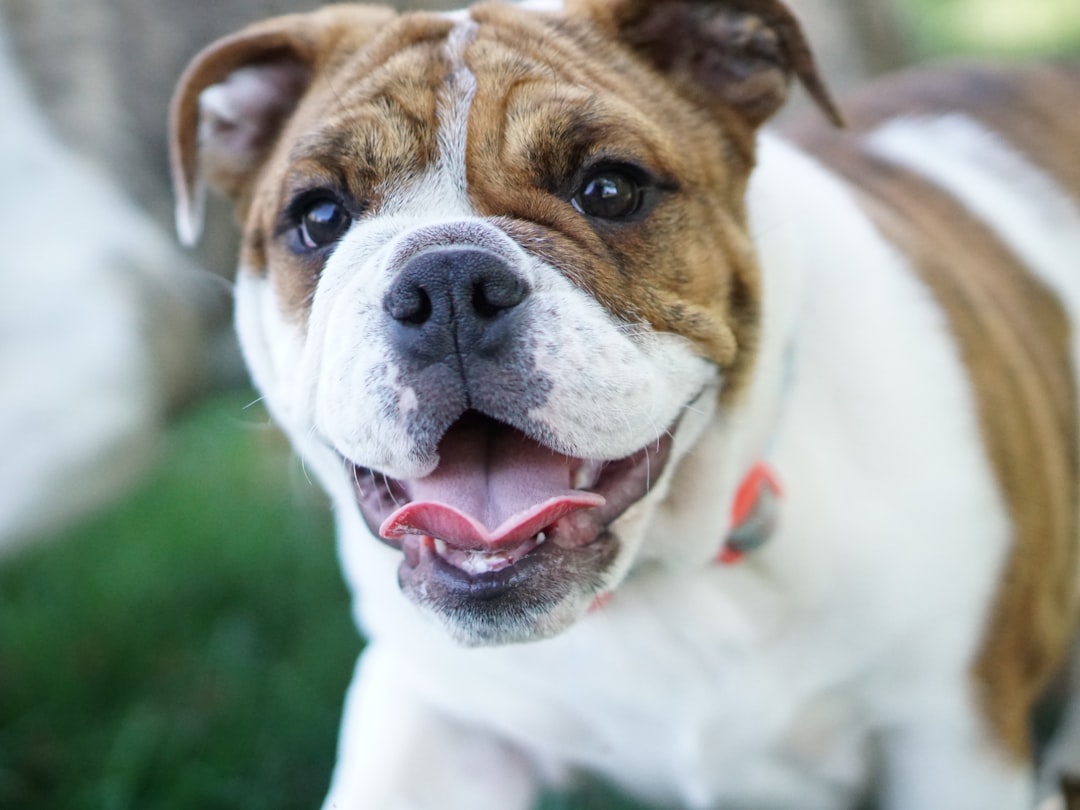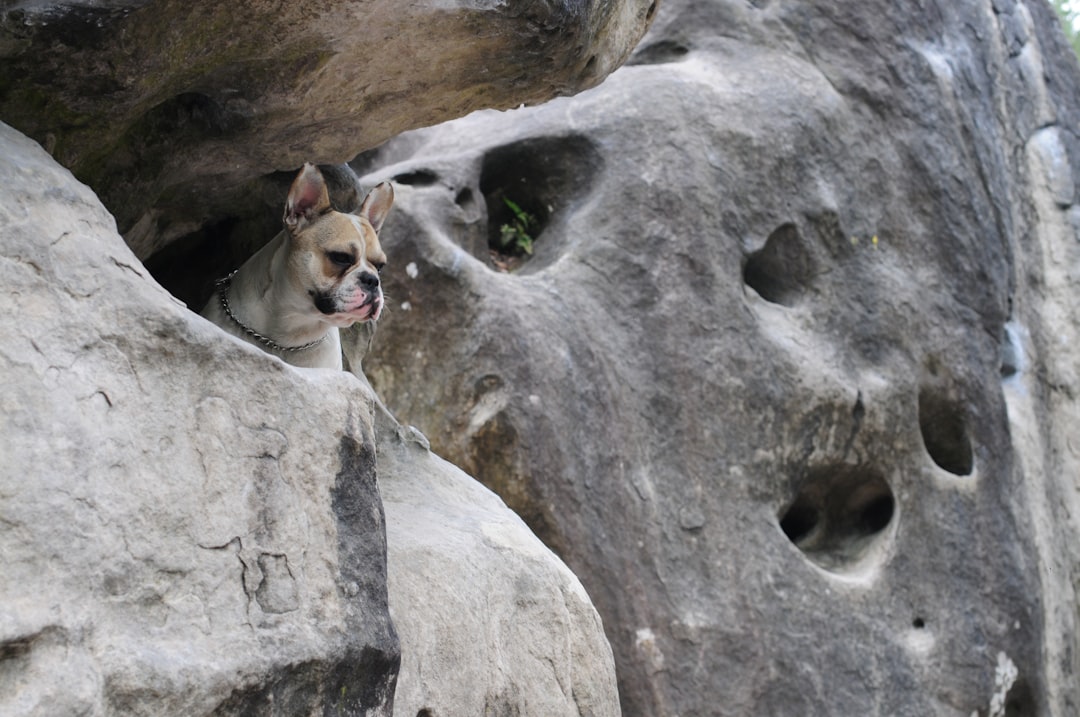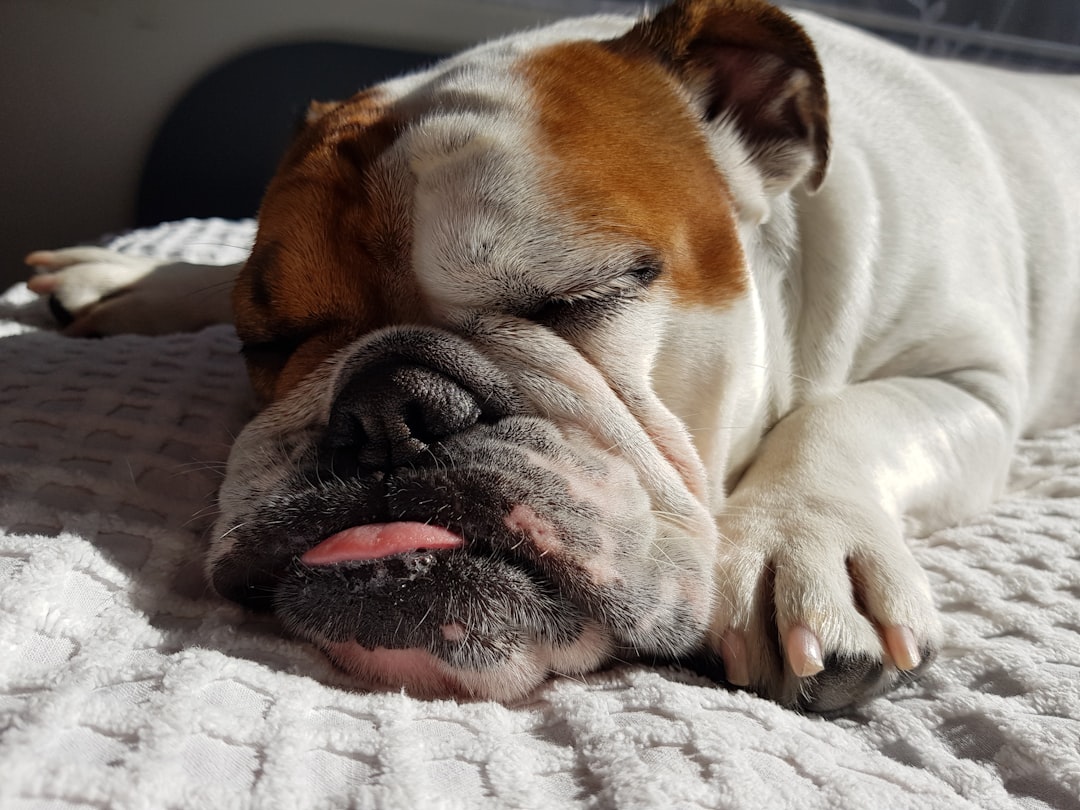Picture this: your dog zipping through an agility course like a furry rocket, all while wearing a grin that could outshine any golden trophy. Dog agility isn’t just a sport; it’s a way to unlock your pup’s hidden potential and strengthen your bond. In this complete guide to dog agility training, we’ll dive into the art of helping your four-legged friend soar over hurdles, weave through poles, and dash through tunnels, turning every training session into an exhilarating adventure for both of you. Ready to unleash that energy? Let’s get started!
Understanding Dog Agility Training and Its Benefits

Dog agility is the ultimate playground for your furry friend, combining speed, coordination, and lots of tail-wagging fun! With its rapidly growing popularity, this sport invites dogs to navigate a series of obstacles under your guidance. But what’s in it for your canine companion, you ask? Well, grab a seat and let’s dig into the delights of dog agility!
Benefits of Dog Agility Training:
- Physical Fitness: Keeps your pooch fit and trim! The jumping, weaving, and running provide an excellent workout.
- Mental Stimulation: Challenging courses spark your dog’s brain, enhancing focus and problem-solving skills.
- Strengthened Bond: Training side by side builds a stronger bond between you and your pup—just like a dynamic duo!
- Boosted Confidence: Navigating difficult courses boosts your dog’s self-esteem, helping shy dogs come out of their shells.
In a nutshell, dog agility transforms your pup into an adventurous athlete while deepening your mutual admiration. So, are you ready to unlock your dog’s full potential? Let the training games begin!
Choosing the Right Breed for Agility Training

When it comes to dog agility, not every pooch is built for speed and style—just like not every human can nail a cartwheel! So, which breeds are the crème de la crème when it comes to navigating those colorful obstacles? Here’s a quick checklist to help you pick the perfect agility partner:
- High Energy: Look for breeds that possess bundles of energy—think Border Collies and Australian Shepherds.
- Intelligence: Opt for dogs with sharp minds, such as Poodles and Belgian Malinois, who understand commands faster than you can say “fetch!”
- Strong Drive: Dogs with a zest for fun, like Jack Russell Terriers and Corgis, are more likely to excel in the exhilarating world of dog agility.
Top Breeds for Dog Agility:
| Breed | Energy Level | Intelligence | Ideal for Agility? |
|---|---|---|---|
| Border Collie | High | Very High | ✅ |
| Australian Shepherd | High | High | ✅ |
| Poodle | Medium-High | Very High | ✅ |
| Corgi | Medium | High | ✅ |
| Bulldog | Low-Medium | Medium | ❌ |
So remember, when selecting a breed for dog agility, aim for those that blend energy and smarts to sprint through agility courses like pros!
Essential Equipment for Dog Agility Training

When it comes to dog agility, having the right equipment can mean the difference between a triumphant leap and a spectacular splat! So, let’s gear up and get ready to make your backyard the next agility wonderland. Here’s what you absolutely need:
- Jumps: Lightweight and adjustable, they’re the bread and butter of dog agility training. You can create a variety of heights to challenge your pup.
- Tunnels: Dogs love going through tunnels. It’s a great way to build confidence and speed.
- Weave Poles: These can be DIY or store-bought, and they work wonders for improving coordination.
- Contact Equipment: A-frame or seesaw to teach your dog to climb. Just like a game of “don’t look down.”
Quick Comparison Table
| Equipment | Cost Range | Ease of Setup | Fun Factor |
|---|---|---|---|
| Jumps | $20 – $150 | Easy | ⭐⭐⭐⭐⭐ |
| Tunnels | $30 – $100 | Moderate | ⭐⭐⭐⭐⭐ |
| Weave Poles | $50 – $120 | Moderate | ⭐⭐⭐⭐ |
| Contact Equipment | $70 – $200 | Hard | ⭐⭐⭐ |
Remember, dog agility training is all about fun! So invest in equipment that excites both you and your furry friend. Happy training!
Creating a Safe and Stimulating Training Environment

Creating an optimal environment for dog agility training is essential for your furry friend’s success. After all, who wants a nervous pup navigating through obstacles? Here’s how to set the stage for agility greatness:
- Designate a Training Area:
- Opt for a spacious backyard or a quiet park.
- Ensure it’s free from distractions like other dogs or loud noises.
- Surface Matters:
- A soft grass surface works wonders; it’s gentle on paws.
- Avoid slippery surfaces to prevent accidents—like that time Rex went flying!
- Safe Obstacles:
- Choose equipment that’s sturdy and appropriate for your dog’s size.
- Always inspect for wear and tear—safety first!
- Keep It Engaging:
- Incorporate various obstacles to spark their interest (think tunnels, jumps, weave poles).
- Rotate equipment occasionally to keep your dog’s excitement alive.
- Positive Reinforcement:
- Use treats, toys, or praises to encourage your pup throughout training.
By creating a safe and stimulating environment, you’ll not only enhance dog agility training but also cultivate a lasting bond with your pet while they strut their stuff! 🐾
The Basics of Obstacle Training
When diving into dog agility, mastering obstacle training is like finding the secret sauce for your pup’s performance! Here’s how to get started:
- Familiarize Your Dog with Obstacles:
- Use agility equipment such as jumps, tunnels, and weave poles.
- Introduce each obstacle one by one. Patience is key—your dog isn’t a superhero overnight!
- Use Positive Reinforcement:
- Reward your dog with treats or praise when they complete an obstacle.
- Keep the vibe upbeat; your pooch will thank you with wagging tails!
- Start Slow:
- Begin with simple obstacles and gradually increase the difficulty.
- A table of basic obstacles can guide your training:
Obstacle Difficulty Level Jumps Easy Tunnels Medium Weave Poles Challenging - Practice Regularly:
- Consistency helps build confidence and speed.
- Aim for 15-20 minute sessions to keep your pup engaged.
Remember, dog agility is a journey, not a race! Celebrate the small wins, and watch your furry friend shine! 🐕✨
Building Speed and Confidence in Your Dog
When it comes to dog agility, speed and confidence go paw in paw! To foster these traits, consider the following tips:
Speed Boosters:
- Encourage Sprints: Use your dog’s favorite toy to ignite that zoom-zoom instinct! Start with short distances, gradually leading them through obstacle courses.
- Interval Training: Mix up short bursts of speed with slow-paced stretching sessions to keep your pup both energetic and healthy.
- Reward Fast Finishes: Positive reinforcement works wonders! Celebrate every fast completion with treats or praise to keep your furry friend motivated.
Confidence Builders:
- Gradual Exposure: Gradually introduce your dog to more challenging obstacles. Start small, and then raise the bar — or in this case, the jump!
- Safe Spaces: Create a judgment-free zone where your dog can practice without distractions or pressure. A comfortable space nurtures confidence.
- Mastering Skills: Consistently practice skills they can nail. This builds a foundation of mastery, boosting their willingness to tackle more advanced obstacles.
With every jump and weave in dog agility training, remember: It’s all about balance. Keep things fun, and watch your pup flourish into a confident agility superstar!
Developing a Training Schedule and Routine
Creating a training schedule is the secret sauce to mastering dog agility! A well-structured routine keeps both you and your pooch focused and engaged. Here’s how to whip up the perfect training plan:
- Consistency is Key:
- Aim for short, daily training sessions (15-30 minutes).
- Keep the days consistent—dogs thrive on habit!
- Warm-Up and Cool-Down:
- Start with stretching and light exercises to warm those muscles.
- Finish with a cool-down to prevent injuries.
- Mix Up the Training:
- Combine various dog agility obstacles each week (e.g., weaving, jumping).
- Keep it fresh to maintain interest and avoid the dreaded boredom.
- Tracking Progress:
- Use a simple chart to log your dog’s skills and improvements.
- Celebrate milestones—treats and praise go a long way!
- Flexibility:
- Stay adaptable! If your dog’s feeling sluggish, modify the session.
- Incorporate play sessions as rewards to keep motivation high.
By establishing a solid schedule sprinkled with fun and creativity, you’ll both be on your way to agility greatness—one paw at a time! 🐾
Competing in Agility Events: What You Need to Know
Ready to unleash your dog’s inner superstar? Competing in dog agility can be thrilling! But before you enter the ring, here’s what to consider:
- Know the Rules: Familiarize yourself with the competition’s specific regulations. Each organization has its own set of rules that you’ll want to master, including the types of obstacles used.
- Choose Your Events Wisely: Not all events are created equal!
- Standard: Includes jumps, tunnels, and weave poles.
- Jumpers: Focuses specifically on jumps and agility, no contact equipment.
- Practice, Practice, Practice: Regular training sessions keep your dog sharp. Aim for 3-4 times a week, mixing drills with fun runs.
- Bond with Your Dog: An agility event isn’t just about winning; it’s about the bond you share. Keep sessions light-hearted and rewarding.
- Stay Positive: Remember, it’s okay to fumble through! Celebrate small victories, and above all, make dog agility a joyous experience.
In summary, preparation and a positive attitude are crucial for a successful agility event—so grab those treats and get ready to shine together!
Competing in Agility Events: What You Need to Know
Competing in dog agility can be as thrilling as a rollercoaster ride—just with a lot more barking! Entering the ring showcases your dog’s hard work and dedication. Here’s how to prepare for the spotlight:
- Know the Rules: Each competition has guidelines. Familiarize yourself with the specific ones for your event to avoid any surprises.
- Choose Your Class Wisely: Agility events vary in difficulty. Start with lower-level classes, building your confidence and experience together.
- Practice Under Pressure: Simulate competition scenarios. Set up timed practice runs to teach your furry friend to focus amidst distractions.
- Gear Up: Make sure you have all essential gear. From harnesses to a snazzy collar, having the right equipment is crucial for the big day.
- Stay Positive: Keep the vibes high. Sometimes your pup might stumble—your attitude can make all the difference in keeping training fun!
Engage in dog agility events, and watch your bond strengthen while showcasing your skills! It’s not just about winning; it’s about having a pawesome adventure together.
Keeping Training Fun and Engaging for Your Dog
When it comes to dog agility, keeping training fun and engaging is crucial for maintaining your pup’s enthusiasm. After all, who wants a bored pooch? Here are some delightful tips to sprinkle some joy into your training sessions:
- Mix It Up: Use a variety of obstacles and activities. Think tunnels, jumps, and weave poles. By rotating the fun, you create a new adventure every time!
- Play Games: Introduce games like fetch or hide-and-seek as rewards. Dogs love interactive play, and it makes learning feel less like work.
- Short Sessions: Dogs, much like toddlers, have short attention spans. Aim for 10-15 minute sessions. This keeps their minds fresh and eager to learn.
- Positive Reinforcement: Celebrate every tiny victory! A treat, a belly rub, or a wild dance can make your dog feel like a superstar.
- Incorporate Tricks: Add training for tricks into your dog agility practice. It’ll keep things interesting while diversifying their skills.
By fostering a fun atmosphere, you’ll not only sharpen your dog’s agility skills but also strengthen your bond. After all, agility is all about teamwork and trust! 🐾
Frequently Asked Questions
What is dog agility training, and how does it work?
Dog agility training is like a doggy obstacle course designed to challenge your furry friend’s speed, coordination, and intelligence while making sure they have a barrel of fun! It typically involves navigating a series of obstacles like tunnels, jumps, and weave poles. The goal is not only to keep your pup physically fit but also mentally stimulated—kind of like a canine ninja warrior course that strengthens the bond between you and your pet with teamwork and trust!
What age should I start my dog in agility training?
Age is just a number, but when it comes to agility training, it’s important not to rush in like a dog after a squirrel! Generally, most dogs can start basic training around 6-12 months old, ensuring they’re physically ready to take on jumps and runs. Before diving headfirst into the agility pool, though, ensure your pup has basic obedience skills down pat—think of it as laying the foundation for a spectacular dog agility castle!
Do I need special equipment for dog agility training?
In the world of dog agility, equipment can be as fancy or as simple as you want it to be! You can invest in fancy jumps, tunnels, and weave poles if you’re feeling extravagant, but you can also get creative and use household items for practice—think broomsticks for jumps or chairs for weaving. Gear up with a few essentials, and remember: the goal is to have fun and keep your pup engaged, not to break the bank!
How long does it take to train a dog for agility competitions?
Ah, the million-dollar question! Training your dog for agility competitions is like training for the Olympics—progress varies by pup! Generally, it might take several months to a few years, depending on your dog’s age, temperament, and consistency in training. It’s crucial to approach training with patience, positivity, and plenty of treats! So grab a stopwatch (but not too tightly!) and enjoy the journey of growth and bonding with your furry athlete!



